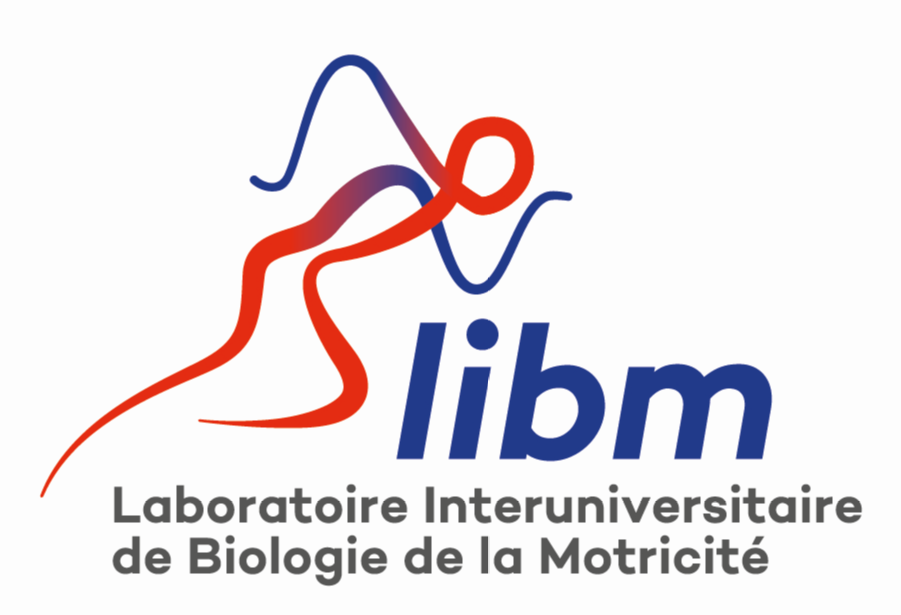Analysis of the rate of force development reveals high neuromuscular fatigability in elderly patients with chronic kidney disease
Résumé
Background Chronic kidney disease (CKD) induces muscle wasting and a reduction in the maximum voluntary force (MVF). Little is known about the neuromuscular fatigability in CKD patients, defined as the reduction of muscle force capacities during exercise. Neuromuscular fatigability is a crucial physical parameter of the daily living. The quantification of explosive force has been shown to be a sensitive means to assess neuromuscular fatigability. Thus, our study used explosive force estimates to assess neuromuscular fatigability in elderly CKD patients. Methods Inclusion criteria for CKD patients were age ≥ 60 years old and glomerular filtration rate (GFR) < 45 mL/ min/1.73 m 2 not on dialysis, and those for controls were GFR > 60 mL/min/1.73 m 2 , age and diabetes matched. The fatigability protocol focused on a handgrip task coupled with surface electromyography (sEMG). Scalars were extracted from the rate of force development (RFD): absolute and normalized time periods (50, 75, 100, 150 and 200 ms, RFD 50 , RFD 75 , RFD 100 , RFD 150 and RFD 200 , respectively), peak RFD (RFD peak in absolute; NRFD peak normalized), timeto-peak RFD (t-RFD peak) and the relative force at RFD peak (MVF-RFD peak). A statistical parametric mapping approach was performed on the force, impulse and RFD-time curves. The integrated sEMG with time at 0-30, 0-50, 0-100 and 0-200 ms time intervals relative to onset of sEMG activity was extracted and groups were compared separately for each sex. Results The cohort of 159 individuals had a median age of 69 (9 IQR) years and body mass index was 27.6 (6.2 IQR) kg/ m 2. Propensity-score-matched groups balanced CKD patients and controls by gender with 66 males and 34 females. In scalar analysis, CKD patients manifested a higher decrement than controls in the early phase of contraction, regarding the NRFD peak (P = 0.009; η 2 p = 0.034) and RFD 75 and RFD 100 (for both P < 0.001; η 2 p = 0.068 and 0.064). The onedimensional analysis confirmed that CKD males manifest higher and delayed neuromuscular fatigability, especially before 100 ms from onset of contraction. sEMG was lower in CKD patients than controls in the 0-100 ms (at rest: P = 0.049, Cohen's d = 0.458) and 0-200 ms (at rest: P = 0.016, Cohen's d = 0.496; during exercise: P = 0.006, Cohen's d = 0.421) time windows. Controls showed greater decrease of sEMG than CKD patients in the 0-30 ms (P = 0.020, Cohen's d = 0.533) and 0-50 ms (P = 0.010, Cohen's d = 0.640) time windows. As opposite to females, males showed almost the same differences between groups. Conclusions Our study is the first to show that CKD patients have higher fatigability than controls, which may be associated with an impaired motor-unit recruitment, highlighting a neural drive disturbance with CKD. Further studies are needed to confirm these findings.
Fichier principal
 J cachexia sarcopenia muscle - 2023 - Chatrenet - Analysis of the rate of ...scular.pdf (1.38 Mo)
Télécharger le fichier
J cachexia sarcopenia muscle - 2023 - Chatrenet - Analysis of the rate of ...scular (1).pdf (1.38 Mo)
Télécharger le fichier
J cachexia sarcopenia muscle - 2023 - Chatrenet - Analysis of the rate of ...scular.pdf (1.38 Mo)
Télécharger le fichier
J cachexia sarcopenia muscle - 2023 - Chatrenet - Analysis of the rate of ...scular (1).pdf (1.38 Mo)
Télécharger le fichier
Origine : Fichiers éditeurs autorisés sur une archive ouverte
